Month: October 2019
Marconi 1850-1870
Exhibition:
November 4 – December 17, 2019
11am – 6pm | mon – fri
Maximilianstraße 26, 80539 München
Download Press Release
Wellenreiter
The First Early Years of Radio Transmitted Pictures
Rapid technological advances in the 1920s paved the way for electronic transmission of images by cable and radio.
In 1946 an adapted German V2 rocket equipped with scientific instruments and an automatic 35mm motion picture camera (instead of the usual explosives) took off from White Sands, New Mexico, taking photographs of Earth at a record‑breaking altitude of 65 miles above the ground. These were the first images of our planet to be taken from space. This venture was a significant step towards bringing humans into space and back again.
In April 1961 Yuri Gagarin became the first person to orbit the Earth. Later that year, automatic cameras travelling on-board the Mercury‑Atlas 5 along with chimpanzee Enos captured the Earth in color.
In March 1965, Soviet cosmonaut Alexei Leonov conducted the first spacewalk in history, filmed by a camera he attached to the outside of the ship. Back on Earth, black and white film stills were printed and broadcast around the globe. These technically raw pictures continue to have a visual impact. They are comparable to Capa’s D-Day photos printed from injured negatives in that the materiality of these historic pictures link them indelibly to the time and place of their making. In comparison, the technically brilliant color pictures of Ed White’s spacewalk the same year are almost too picturesque to be truly exciting. All of the above photographs were printed from negative film brought back to Earth.
On October 7, 1955 the Russian probe Luna 3 had already radioed back to Earth the first ever glimpse of the Moon’s far side in the form of mysterious black and white grainy images. Luna 9 (1966) transmitted not only the first ever photo taken on the surface of the Moon but also the first panoramic picture and, incidentally, the first self-portrait in space.
Some of these photographs are impossible to decipher without additional information. The few photos Luna 3 managed to take of the Moon‘s far side and send back to Earth are of very high contrast and low quality. They look more like 1950’s Abstract Expressionist paintings than photos of the Moon. These graphic images were our first glimpse of the other side of our friend in space, whom until this moment we had only seen from one perspective.
Mission Ranger gave us photographic evidence of the first artificial intelligence suicide in space, when one after the other the spacecrafts crashed on the moon, while radioing back picture after picture until impact. Maybe NASA scientists had the famous Méliès image of a rocket sticking in the Moon’s squinting eye in mind when they conceived the Ranger missions.
On July 14, 1965, four years before man set foot on the moon, Mariner IV radioed the first close-up images of Mars back to Earth. The area shown is fittingly named Elysium.
In August 1966 Lunar Orbiter I started to systematically photograph the Moon‘s surface. All four Lunar Orbiter missions were to cover almost the entire surface in incredible detail. The onboard camera system functioned almost like a passport photo machine. The exposed negative film was developed in a heated chamber, scanned and radioed back to earth.
Some of the most magical and esoteric photographic pictures have been created as by-products of 20th Century scientific space missions. Many of these pictures are the visual manifestation of historic events. Airbrush, crop marks or writing on front and back sometimes add to the Zeitgeist of these objects. Early on, these particular pictures had already been recognised as significant fragments of our post-WWII history.
This booklet is published on the occasion of the 50th anniversary of man’s first step on another heavenly body.
Link to preview of this publication
Printed and bound by Pelo-Druck Lohner oHG
Paper content: Dünndruck 50g/m2
Paper cover: Olin, Rough, cream, 200g/m2
60 pages, 35 images
15×21 cm, softcover
Editor: Daniel Blau
ÉMILE ZOLA – L’ EXIL
Weybridge 1898
An exclusive exhibition of previously unseen vintage prints from 1898
Daniel Blau is pleased to present an exhibition of 19 photographs taken by Émile Zola during his period of exile in England, coming from his family and all inscribed by the master himself on verso.
Rather than thinking of Zola as a novelist who took pictures, we may instead come to view him as an artist who both wrote and made photographs. As a result of Zola’s courageous intervention in the Dreyfus Affair he spent almost a year in hiding in England. During these months in 1898‑1899 he took copious photographs in the Surrey countryside that was to be his home for much of this time. His friend (and bodyguard throughout the affair) Fernand Desmoulin having brought him one of his cameras. The photographs from Surrey depict country lanes, ladies on bicycles and the Crystal Palace, in some cases in panorama format. In Zola’s photography we see an abiding interest in architecture, machinery, the modern. In the portraits of friends and family, photographs of street scenes and still lives we see the work of a skilled technician with a profoundly visual sense of the world. It was no easy feat to capture photographs of moving bicycles, with the long exposures of the time, without blurring.
Zola was an accomplished photographer whose pictures of family members, collaborators, landscapes and street scenes evidence the same attention to detail as his naturalistic writings. Amateur photographers proliferated at the turn of the century and there is no shortage of snapshots from this era. However, Zola’s pictures of the rural England are made significant by their context. These pictures coming from the great-grandson archive are on view to the public for the first time.
Galerie Meyer
17, rue des Beaux Arts
75006 Paris
Vernissage Photo Saint Germain:
November 5, 2019
4 pm – 9 pm
Public Exhibition:
November 6 – 23, 2019
Opening Hours:
Tuesday to Friday
2.30 pm – 6 pm
Saturday
11 am – 1 pm,
2.30 pm – 7 pm






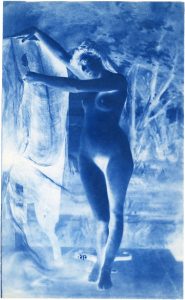



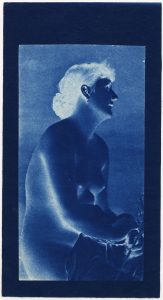
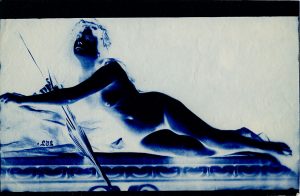

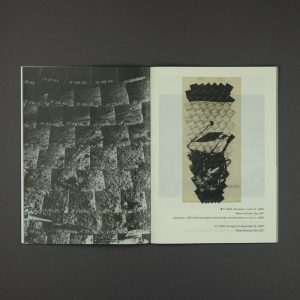
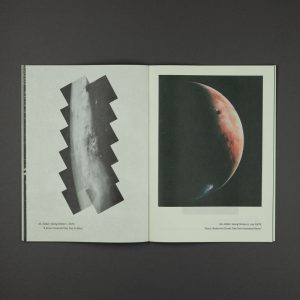

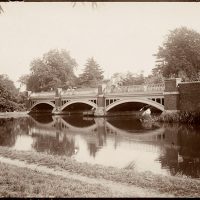

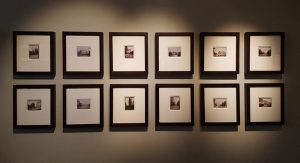
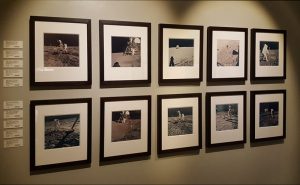
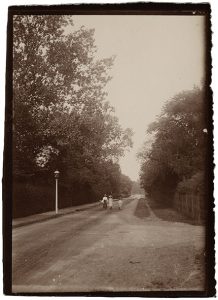
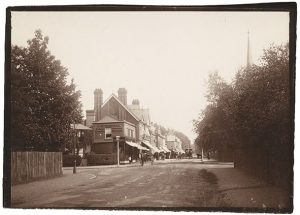

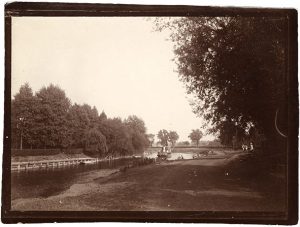
 +49 89 29 73 42
+49 89 29 73 42